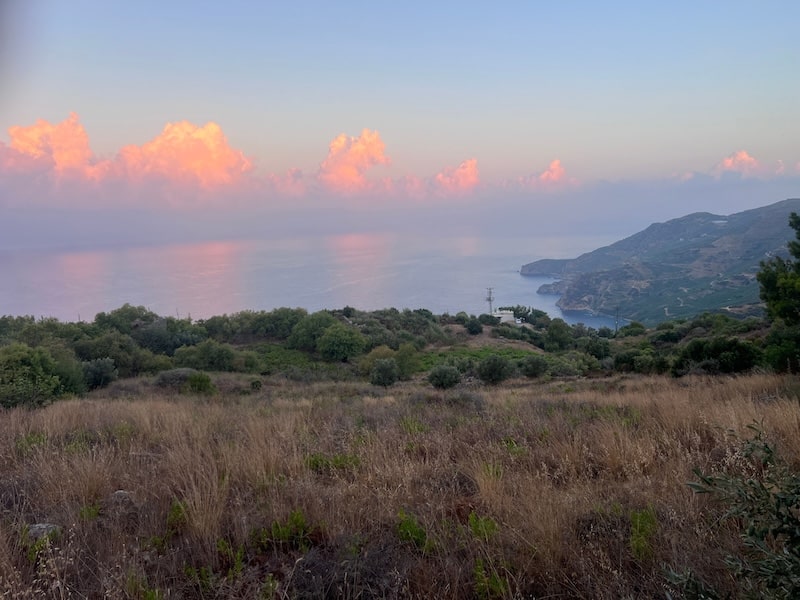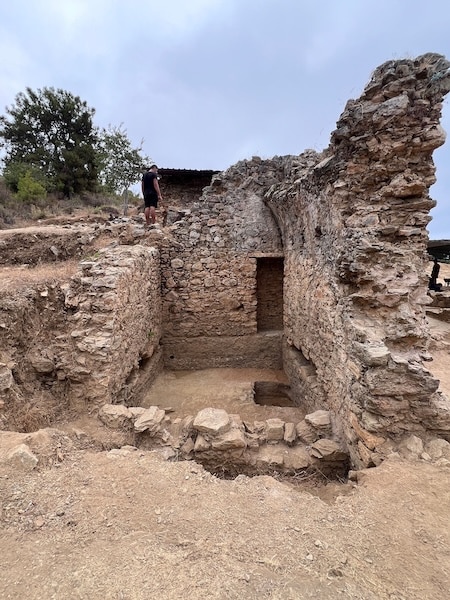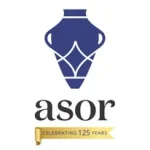
Archaeology: A Deeply Human Endeavor
Sarah “Gigi” Konecki-Brazeal, 2024 P.E. MacAllister Fieldwork Scholarship Recipient
First surveyed in the 60s and left untouched for decades, Antiochia ad Cragum is a first-century Roman city founded by Antiochus IV of Commagene around 44 CE. Perched on the “cragus” roughly 300M above the Mediterranean, the city has yielded many great finds over the past 20 years, including two bathing complexes and a plethora of questions about the evolution of this city from a bustling polis to a site of extensive industry. At some point in this city’s lifespan, many of the buildings, including both bath complexes, were converted to industry. Evidence of wine and oil production, as well as ceramic, glass, and metal production, have been found throughout the site.

Excavations began on the Small Bath in 2018 and will continue for the foreseeable future. This type of bath is known as a hall bath and might be a bit unfamiliar to those already versed in Roman bathing complexes. The architecture of the bath situates a great hall with mosaiced floors through the center of the building with tepidaria (cold rooms) and caldaria (hot rooms) on either side. The hall leads to a large wading pool on the west end of the complex, and the building itself has one main entrance on the east end. To date, three frigidaria and one caldarium have been excavated. In addition, the cistern for the bathing complex was uncovered entirely during the 2023 and 2024 seasons. It is suspected that two more caldaria exist along the southern side of the complex, and there is the hope of locating the praefurnium there as well.


What should have taken a couple of weeks to clear and document has now taken us three seasons to uncover, with no sign of a floor at the end of the 2024 season. Since removing surface fill, Frigidarium 4 has yielded many spectacular finds owing to its conversion to a trash pit sometime (we think) in the fifth century. They say you can learn much about a man by going through his trash, and I agree. Everything these people were doing, using, making, participating in, and ultimately discarding have been found in my trench. We have learned so much about what these people were doing and what they found valuable by examining the findings from Frigidarium 4. Detritus from industry, personal items, evidence of what people ate, and the animals they raised – not only for food but for textile production – have all been found in Frigidarium 4, which still has more to tell us.

The connection one feels to the people of the past when finding and carefully preserving their once-lost history isn’t easy to put into words, but it keeps me coming back year after year. Every season, we get a little closer to uncovering these peoples’ stories and piecing together the lives of those who were, up until now, forgotten. There is a beauty in unearthing something that once sat in the hands of a person over 1500 years ago, a strange intimacy with someone whose name you can never know and whose face you will never see. Additionally, there is an overwhelming sense of civic duty that comes with uncovering these items and sending them home to a conservation lab or museum where they will find new life. These things belonged to people once, and those people have been forgotten. But with our work in Antiochia ad Cragum, they live again, and the Turkish people reclaim a piece of their heritage that they may not have realized they’d lost.
Ultimately, archaeology is a profoundly human endeavor that contributes to a sense of connection: connection to our past and to each other. A connection that bridges borders, cultures, and time. A connection that I hope, brings us all closer to one another on the most fundamental of levels.



